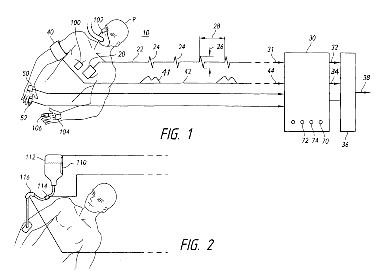Biomedical
Intelligent Alarm System for Intensive Care Monitoring
Current patient bedside monitoring systems to measure vitals such as cardiovascular patterns, respiratory patterns, electrocardiogram etc. can become very cluttered, and increase tripping hazard. In addition, while many of these monitors measure the same or similar vitals the likelihood of one single monitor failing is increased. Recent studies have estimated that greater than 90% of alarms at the bedside of intensive care unit patients are false positive alarms. While this poses no real immediate risk of harm to the patient, it can create real annoyances for the caretakers.
The technology
Researchers at Virginia Commonwealth University have designed an apparatus and method for reducing and prioritizing alarms at the patient’s bedside. By providing a plurality of sensors that each indicate a function that in many times overlap, the failure of one sensor can be overridden by the outputs of other sensors. This allows for a positive feedback system to reduce the instances of false positive alarms. With a design capable of consolidating these alarm systems into one feedback system, the risk of one monitor setting off a false positive alarm decreases.

Figure 1. An example of the plurality of sensors in an intensive care unit.
